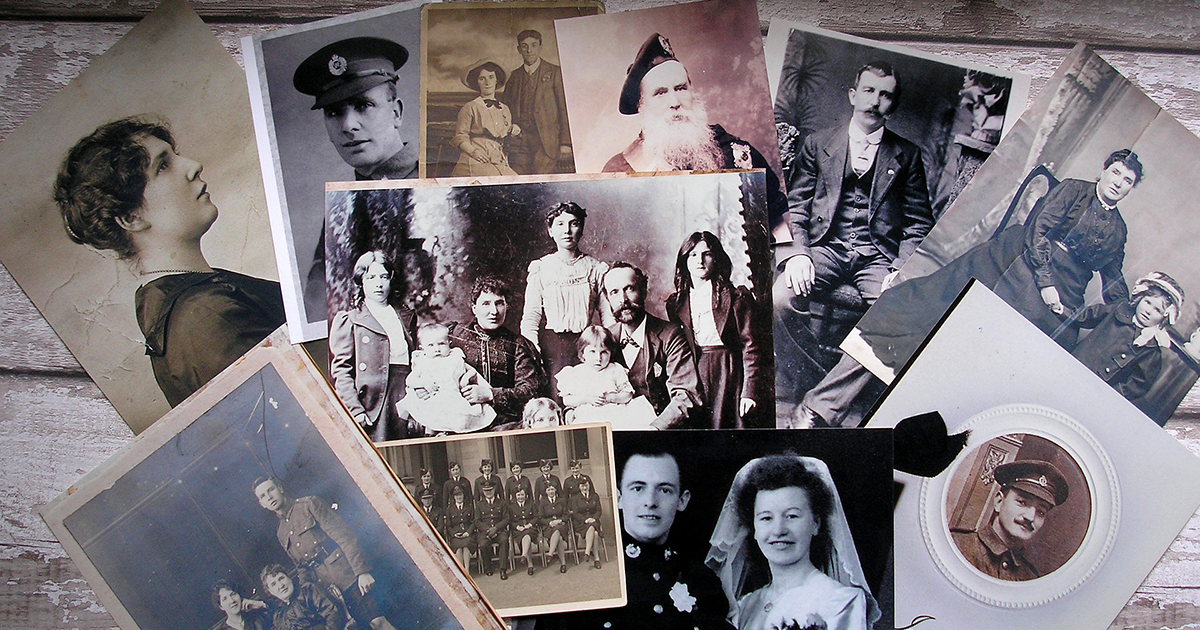What is genealogy, and why is it becoming more popular in the modern world? Genealogy is the study of one’s personal family history by tracing their ancestors, or lineage all the way back to their earliest known ancestor. With the advent of DNA testing, it has become easier than ever to trace genetic material-creating more accurate genealogies with less guesswork involved for people who want to know more about their heritage or find long-lost relatives.
Why is genealogy becoming so popular?
These days, society is becoming more and more interested in our history.
The internet makes it easy to research anything about the past. Ancestry offers many subscription-based services where people can conduct their own search of ancestors, for a certain period of time or for life. And why wouldn’t they? You never know what interesting facts you’ll find.
Even more interesting is that people are starting to get interested in their family history and genealogy at a young age, which was impossible before the internet. That’s because of how accessible the information has become and because you never know where your research will take you.
If you’re looking for a way to learn more about yourself and your friends and family, you should start searching for your ancestors today.
How to trace your lineage, including DNA testing
It has been said that the only thing offered to us by birth is our family. That being said, family history could be one of the most important aspects of genealogy. Yet tracing your lineage isn’t as easy as it may seem at first glance. Today we will discuss some ways to find information on your forefathers and mothers, both genealogical records and DNA testing included!
The first step in tracing your lineage is collecting all relevant documents related to your family – birth, marriage, death certificates (or any other document containing vital data like occupation). These are things you can easily collect from relatives or even look up online. One interesting place I recommend checking out is Fold3.com; they have a lot of records from the US military, as well as a lot of other documents. Once you have all your documents, you need to verify and cite them properly. This is vital if you plan on using your findings to help expand others’ family trees; genealogical data cannot be verified without proper citation.
The next step will depend on what information you're looking for:
If you are only interested in the very distant past (when your last known ancestors lived), then look up census records (which span back as far as 1820). –
If you’d like to know about more recent relatives, things such as birth, marriage, and death certificates can provide this info. Some states also created a state-wide index to all vital records from the mid-1800s to about 1940.
If you are interested in a very specific time frame, perhaps somebody famous or your family’s involvement in a historical event, consider looking up military service records.
There is another great online resource for genealogists: the Social Security Death Index. If you have a relative that passed away after 1935 and has an SSN, then they should be included in this record. This can provide info on birth dates as well as final residences before death. The Birth, Marriage, and Death Certificates section also contains links to places where you can order these documents if needed.
Next, we have government records, which can be useful in a variety of situations. From military draft registration cards to ship passenger lists, these sources can provide a lot of great information you can use to verify other data or get an idea on when your ancestors immigrated if they came from another country. Keep in mind that most federal records are available through the National Archives and Records Administration (NARA).
Suddenly it hits you: why not try using DNA testing? Although there are several kinds of genetic genealogy tests out there, one of the best is Y-DNA testing – since it uses your direct paternal line, there is no chance for mixing with other family lines. The test itself isn’t cheap, but there are other ways to get around this – you can order tests for multiple living relatives at once (meaning your family will save by ordering several tests instead of just one).
Each test costs about $100-150 dollars, depending on how many markers are tested. Y-DNA is really only useful if you’re looking to trace back very ancient roots or find potential relations with extremely distant cousins.
Finally, we have sources such as the Social Security Death Index and US censuses from 1850 forward. These two provide links straight to your ancestors’ online memorial pages hosted by Find A Grave . This site not only contains the same information found in death certificates but also photos and burial locations! However, the individual memorial pages aren’t searchable and it’s not always possible to find all-inclusive information.
And that’s about it! If you have any questions or are still unclear on how to do this process I suggest either contacting your local state archives or visiting websites like FamilySearch.

